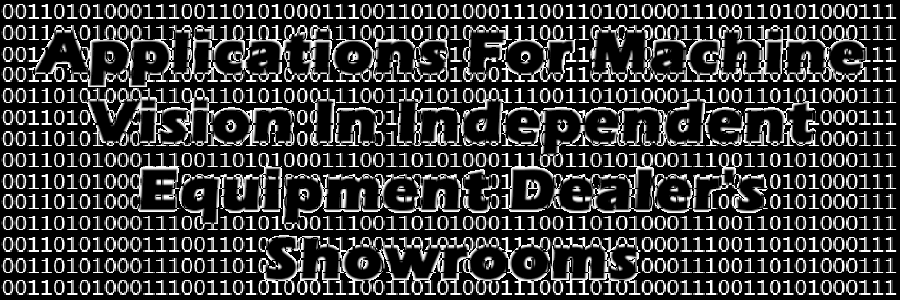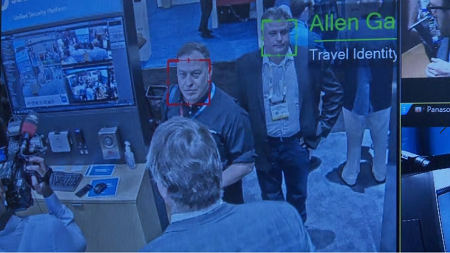Applications For Machine Vision In Independent Equipment Dealer's Showrooms
by Black Ink Team

The accuracy of computer algorithms that analyze human behavior via live camera feeds has not reached an outstanding level yet, but when it does machine vision will have many uses in independent equipment dealer’s showrooms. ‘Machine vision’ refers to when software, which is given access to live video, automatically tells you things about what it is seeing. For example, a smartphone app which told you the color of any object you point your phone’s camera at would be an example of machine vision. Even today, software can be used to identify human faces, identify who someone is by how they are walking, and count how many items are left on a rack or shelf. But, as it progresses machine vision will have much, much more to offer independent equipment dealers.

One machine vision capability that probably isn’t too far down the road is having software count how many people have entered your store, in addition to watching where people go once they are in your store. This would be helpful because you’ll get to find out useful foot traffic insights – like when your peak hours are, which areas of your store get visited the most often, and which direction people generally walk down each aisle. A further evolution of this type of machine vision application most likely will pair it with facial recognition – then, if the software was hooked into your CRM which had recent pictures of your customers, it could alert your salespeople that a customer has bought from you before. In a couple of years machine vision might also let you customize what is being displayed on digital signage based on the demographics of the person looking at it.

Just like we do, machines must learn. What this means for machine vision software is that it probably will require lots of dummy footage to ‘practice’ on – even after more advanced algorithms get made. You and your employees might have to spend a day or two walking into, out of, and around your store, just so the software can get used to compensating for the specific parameters (light, shadows, reflections, etc.) of your environment.
